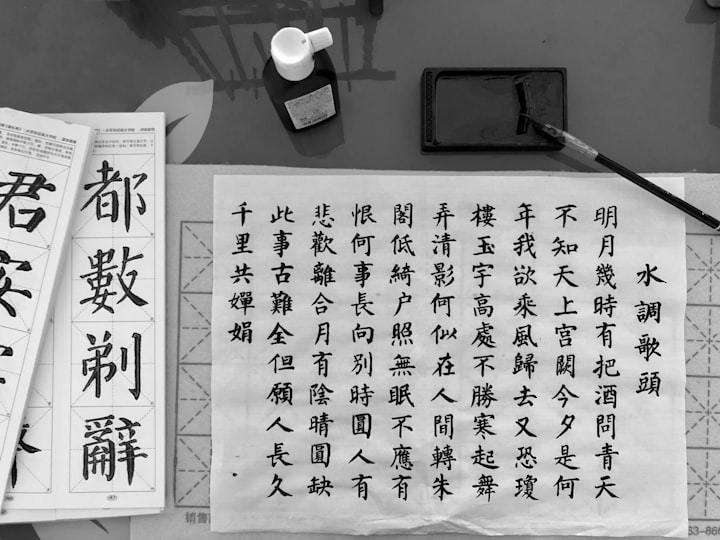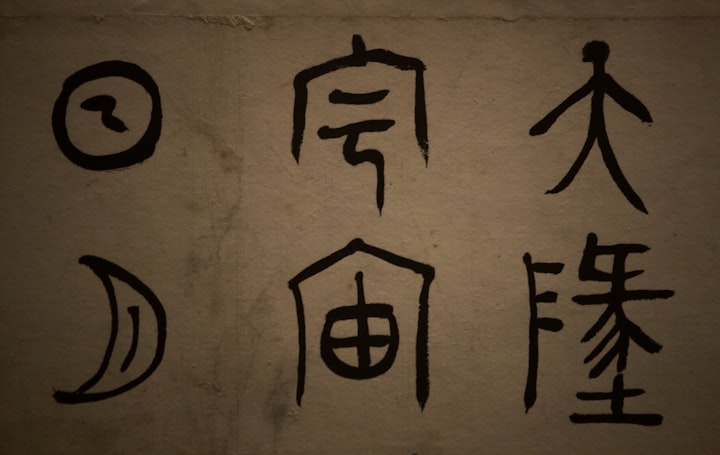Traditional Chinese versus Simplified Chinese: Bridging the Gap in Language and Culture
Exploring the Debate and Impact

The Chinese writing system is one of the oldest and most complex in the world, with thousands of characters representing words and concepts. Amidst this complexity, two distinct writing systems have emerged: traditional Chinese characters and simplified Chinese characters. The debate between traditional and simplified Chinese has deep historical roots and significant implications for language, culture, education, and beyond. In this article, we delve into the origins, differences, and impact of traditional versus simplified Chinese.
Origins and Development:
Traditional Chinese characters trace their origins back thousands of years, evolving from ancient pictographs and ideographs. These characters have been used throughout Chinese history and are still prevalent in regions such as Taiwan, Hong Kong, and Macau. In contrast, simplified Chinese characters emerged in the mid-20th century as part of a government-led effort in mainland China to increase literacy rates and streamline the writing system. Under the leadership of Mao Zedong, thousands of characters were simplified, with the aim of making them easier to learn and write.
Differences in Structure and Form:
The most obvious distinction between traditional and simplified Chinese lies in their visual appearance. Traditional characters tend to be more intricate and complex, with a greater number of strokes and details. Simplified characters, on the other hand, have been streamlined and standardized, often featuring fewer strokes and simpler forms. For example, the traditional character for "love" (愛) consists of thirteen strokes, while its simplified counterpart (爱) has been reduced to eight strokes.
Usage and Regional Variations:
The adoption of traditional versus simplified Chinese varies depending on geographical and political factors. Traditional characters remain the standard in regions such as Taiwan, Hong Kong, and Macau, where they are used in education, government documents, media, and daily life. In mainland China, simplified characters are the official standard and are taught in schools and used in official publications and communications. Overseas Chinese communities may use either traditional or simplified characters, depending on factors such as historical background, personal preference, and cultural identity.
Impact on Education and Literacy:
The debate over traditional versus simplified Chinese extends to the realm of education and literacy. Proponents of simplified Chinese argue that its streamlined forms make it easier for beginners to learn and write, thus increasing literacy rates and educational accessibility. Critics, however, raise concerns about the loss of cultural heritage and linguistic richness associated with traditional characters. They argue that simplification may lead to a superficial understanding of the language and hinder the appreciation of classical texts and historical documents.
Cultural and Historical Significance:
Traditional Chinese characters are deeply intertwined with Chinese culture, history, and identity. They carry with them centuries of literary, philosophical, and artistic heritage, serving as a link to the past and a symbol of cultural continuity. In contrast, simplified characters represent a more recent development, shaped by political and social forces of the 20th century. While they have facilitated communication and modernization in mainland China, some view them as a departure from traditional values and aesthetics.
The debate between traditional and simplified Chinese is complex and multifaceted, touching upon issues of language, culture, education, and identity. While traditional characters retain their cultural significance and historical roots, simplified characters have become the standard in mainland China, driving economic development and modernization.
Ultimately, the choice between traditional and simplified Chinese reflects broader debates about modernity, tradition, and cultural identity in a rapidly changing world. The choice between traditional and simplified characters reflects larger discussions about modernization, the preservation of tradition, and the complexities of cultural identity in an evolving society. As Chinese language learners and communities grapple with this issue, the conversation continues to evolve, shaping the future of written Chinese and its place in the world.
About the Creator
East Asian Headlines
Welcome to East Asian Headlines. Join us as we dive deep into the intricate web of East Asian relations. We provide insightful analysis to illuminate the ever-evolving landscape of East Asian affairs (language, culture, politics, and more).






Comments
There are no comments for this story
Be the first to respond and start the conversation.